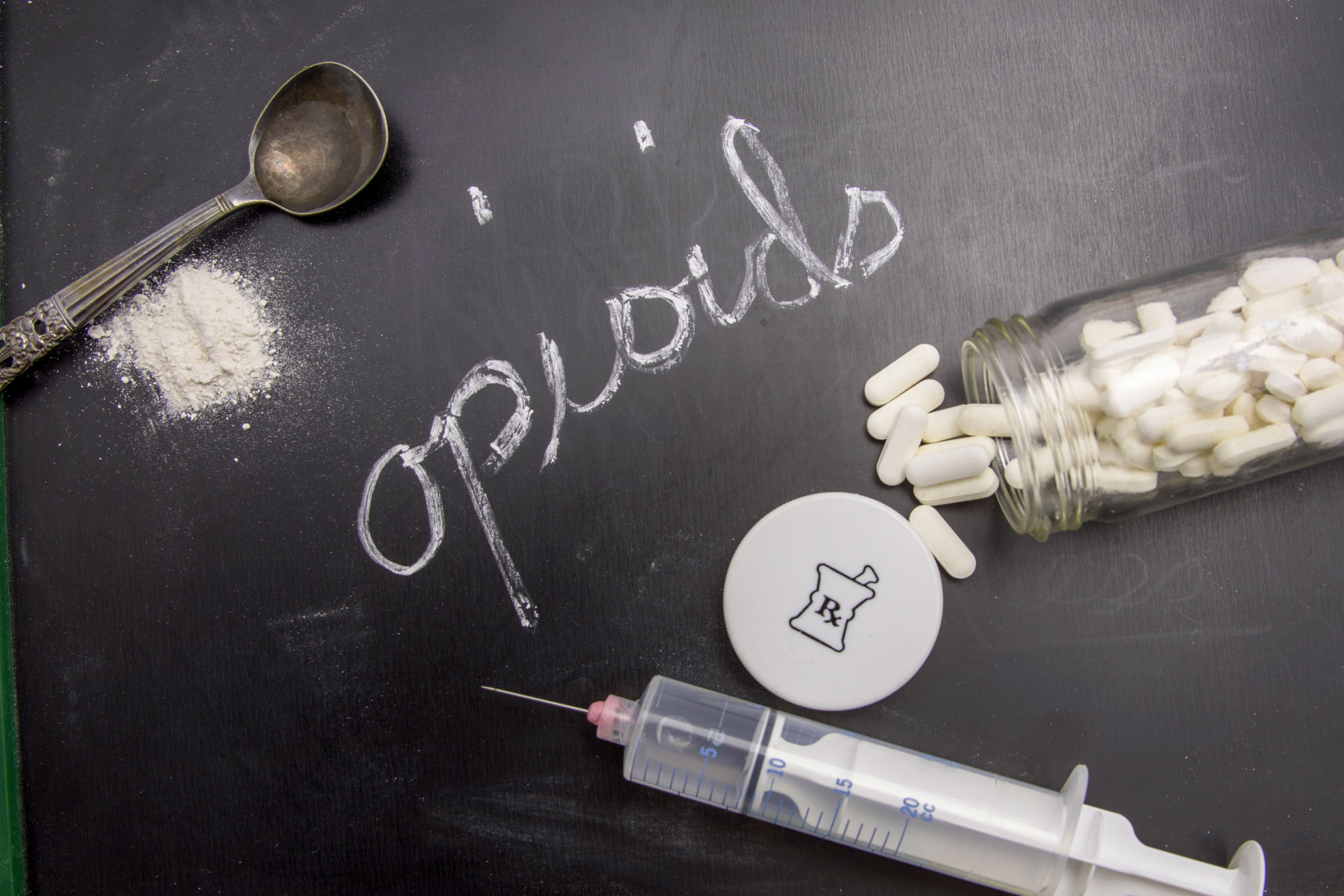<< Back
Gray Death, a Fatal Synthetic Opioid Combination, Seen as Threat in State

August 07, 2020
An emerging fatal opioid combination, known as Gray Death, has become a potential threat in Connecticut and has the Behavioral Health Network (BHN) clinicians on alert.
Called Gray Death due to its color and concrete-like material, it is a deadly combination of various synthetic opioids including carfentanil, U-47700, 4-ANPP and heroin.
“It is a very potent, synthetic opioid that is being mixed with the current product on the street,” said J. Craig Allen, Rushford medical director and BHN vice president of addiction services. “People can come upon it without knowing they are getting it. When people get something that is much more potent than what they’ve been using, it overwhelms their tolerance and can cause the respiratory depression that leads to opioid overdose death.”
Dr. Allen added that carfentanil, a large-game tranquilizer, is many times more potent than fentanyl.
A public health advisory issued by the Connecticut Department of Public Health Injury and Violence Surveillance Unit warns of the opioid combination’s presence in illicit drug trafficking markets that feed into the state. Although there have been no Gray Death-associated overdose deaths in Connecticut, it has been identified as the cause of overdose deaths across the United States. Of particular concern is the recent spike in overdoses in New Haven — 15 in 24 hours — possibly due to Gray Death.
“It’s important for us to try to inform our patients,” said Dr. Allen. “Our patients are the ones who may come in contact with it if they return to use and they can warn other people they know who may still be using.”
Despite no evidence of patients using Gray Death across the BHN, said Dr. Allen, he expects to begin seeing it.
Warning signs and symptoms of an opioid-involved overdose, which include a Gray Death-involved overdose, according to the Connecticut DPH, are:
- Pupils are pinpoint or constricted.
- Individual is unresponsive or limp.
- Individual is awake, but unable to talk.
- Breathing or pulse is slow or erratic, or they are not breathing or have no pulse.
- Skin around the fingernails and lips are pale gray or blue.
- Individual is making deep, slow snoring, choking or gurgling sounds.
In an emergency overdose with Gray Death or opioids, there are ways you can help. You can:
- Call 911 immediately.
- Support the individual’s breathing.
- Administer naloxone (Narcan) if you have it.
- Lay the individual on their side once they have resumed breathing.
- Stay with the individual until the ambulance arrives.
The Hartford HealthCare Behavioral Health Network is now scheduling virtual-health visits for mental health and addiction services. Call your provider for details. New patients can schedule a virtual visit by calling 1.888.984.2408.
For more information on the programs and services available through the Behavioral Health Network, click here.
Not feeling well? Call your healthcare provider for guidance and try to avoid going directly to an emergency department or urgent care center, as this could increase the chances of the disease spreading.
Click here to schedule a virtual visit with a Hartford HealthCare-GoHealth Urgent Care provider.
Stay with Hartford HealthCare for everything you need to know about the coronavirus threat. Click here for information updated daily.